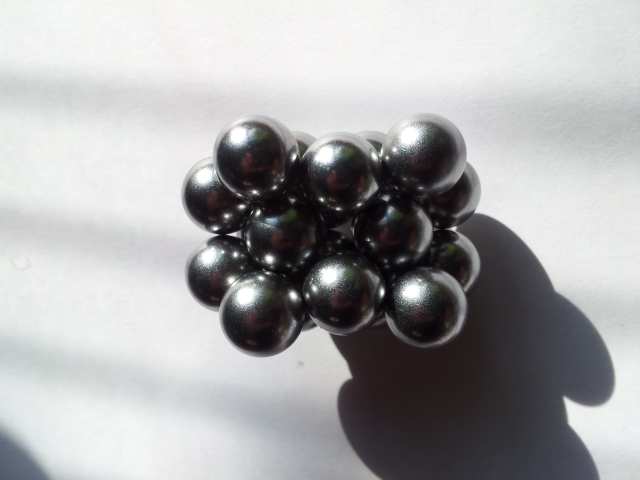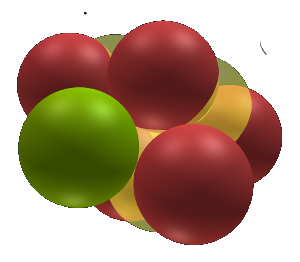
Structured Atom Model Overview

The Nucleus is Structured, Static, and Easy to Comprehend!
Scientists believe there are protons and neutrons inside the nucleus of the atom. However there is much disagreement as to how it may be organized or even if it has an organization. Quantum mechanics states we can only understand the nucleus through mathematics and that the location of nucleons can have a range of locations, we will never know of a structure. Is this a reasonable conclusion? We know there are particles in there, it stands to reason they are arranged in some manner. Is it possible we just haven't discovered it yet?
The Structured Atom Model is a theory that the nucleus is highly organized and stable. This organization is responsible for the properties of the elements and chemistry. The rules which define how the nucleus is built are relatively simple and adhere to key principles found in nature.
| Standard Model of Atomic Theory | Structured Atom Model - SAM | |
|---|---|---|
| Structure |
Chaotic Blob Model of the Atom

|
The Structured Atom
|
| Neutron |
A neutron is a fundamental particle which decays into two other fundamental particles, a proton and electron and in addition an anti particle. |
Neutrons are not fundamental particles but are nuclear electrons shared with neighboring protons. |
| Beta Decay | Neutron ⇔ Proton + Electron + Electron anti-neutrino |
By inverting the electron anti-neutrino into a neutrino and adding it to both sides of the equation we get: Neutron + Activation Energy (Neutrino) ⇔ Proton + Electron |
| Required Forces |
|
|
| Summary | A model of the atomic nucleus showing it as a compact bundle of the two types of nucleons: protons and neutrons. Protons and neutrons look like little balls stuck together, but an actual nucleus (as understood by modern nuclear physics) cannot be explained like this, but only by using quantum mechanics. In a nucleus which occupies a certain energy level (for example, the ground state), each nucleon can be said to occupy a range of locations. - Wikipedia |
We have a duality which we call a proton-electron pair with the electrostatic force acting between them. This force is the causal mechanism for the principle of densest packing that creates geometric shapes based on the platonic solids. These geometric shapes in a specific ordered sequence and number, create all the elements. SAM shows the observed nature and properties of the atom and explains the reason why the nucleus of the atom is positively charged, why the outer electrons stay at range from the nucleus and it addresses the causal factor for chemistry. |
All the material on this website is copyright protected © and is the sole property of Ethereal Matters (J.A. Sorensen as the creator of this website and the atom viewer and J.E. Kaal as the originator of the Structured Atom Model). The presented material is not to be used without permission of the owners.
